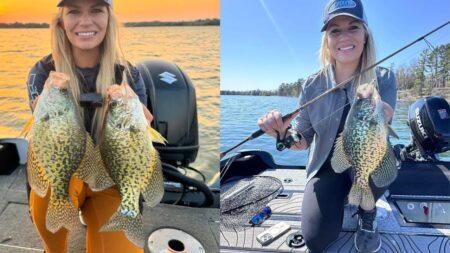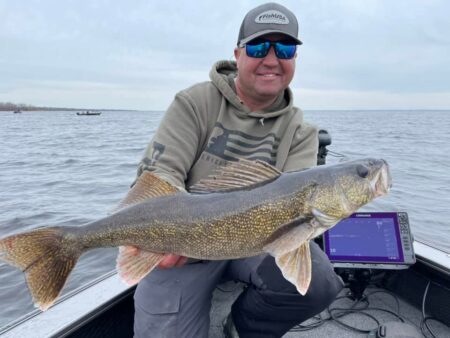Crappie is my favorite fish to target early ice. Early ice crappie are often stacked, fierce, and when you are on a good school can provide constant fishing action all day long. There is nothing quite like staring at a flasher filled with suspended marks and watching them race up after your ice jigs.
It’s also the perfect time to try new lakes that you might not have been able to get your boat on. It’s these secret gems that often provide some of the best ice fishing of the season.
So whether you are looking to improve your crappie catch rate on your favorite bodies of water, or wanting to try somewhere new, I provide 10 tips to help you catch more fish this season.
- Find a Manageable Lake
My first tip when focusing on early ice crappie is to find a lake you can manage. If you are new to crappie fishing this can be incredibly important for 2 reasons:
- You might not have fancy gear, and small lakes make leg work more manageable.
- It’s simply easier to learn the lake and break down patterns.
Of course the best way to learn about these lakes is to check your local survey reports. Nearly every state has some source of data telling you size, public access, and population history. I primarily fish MN and use Minnesota Lake Finder, however, I do have a list of additional resources to help you with the midwestern survey reports below:
The goal is to look for smaller lakes that you can access that have a crappie population. For panfish, you can find a small couple hundred-acre lake with a lot of fish in it – and many of these lakes don’t even have boat access making them pretty incredible fisheries come first ice.
It will still take time to learn and explore, but with smaller lakes you can cover and eliminate ground quicker increasing your odds of finding the fish and also learning better patterns along the way.
- Focus on Deep Water
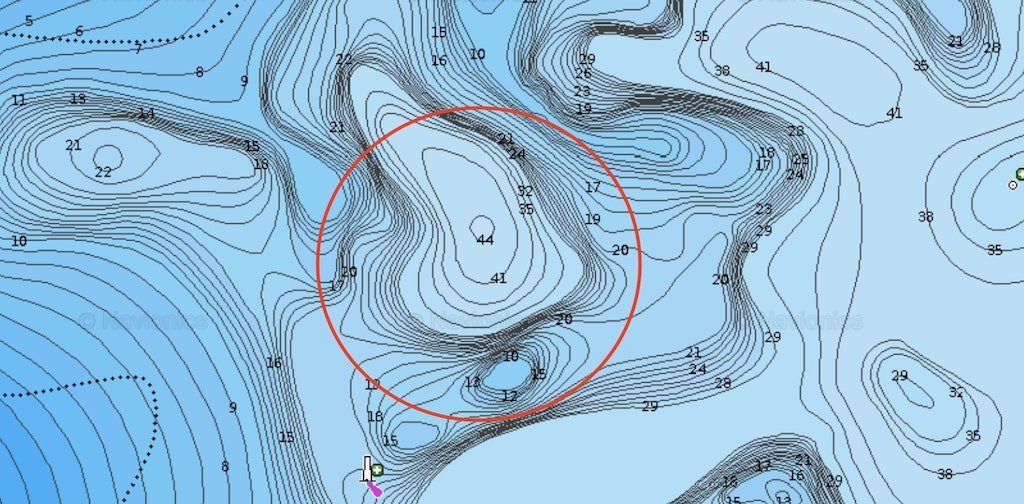
Crappie start congregating into the deeps in the fall. Does that mean they can’t be found in the weedlines during early ice? They still absolutely can, but good luck trying to search every weedline across a lake. Electronics don’t work nearly as well, and there are just too many variables to depend on. Plus, ice fishing is just so much more work that you want to focus your energy on the areas of greatest odds first.
So unless you already have weedlines picked out, I recommend focusing on deep bowls first.
In most lakes that I fish in MN, I find them transitioning deeper in fall, and many times by ice up I find them in deep bowls. The first places I check are:
- The Deepest Holes in the Lake (Especially at dusk)
- Deep Bowls next to structured weed lines 0 such as points, reefs, etc..
They will often times go back and forth between these areas during the day and end up in the deepest areas at night.
Deep water also allows you to identify them easier with your electronics. They are literally stacked marks off of the bottom. Once you see that drop down.
You can find my fall guide right here to help step you in the right direction for early ice.

- Punch a Lot of Holes Before Dropping Line
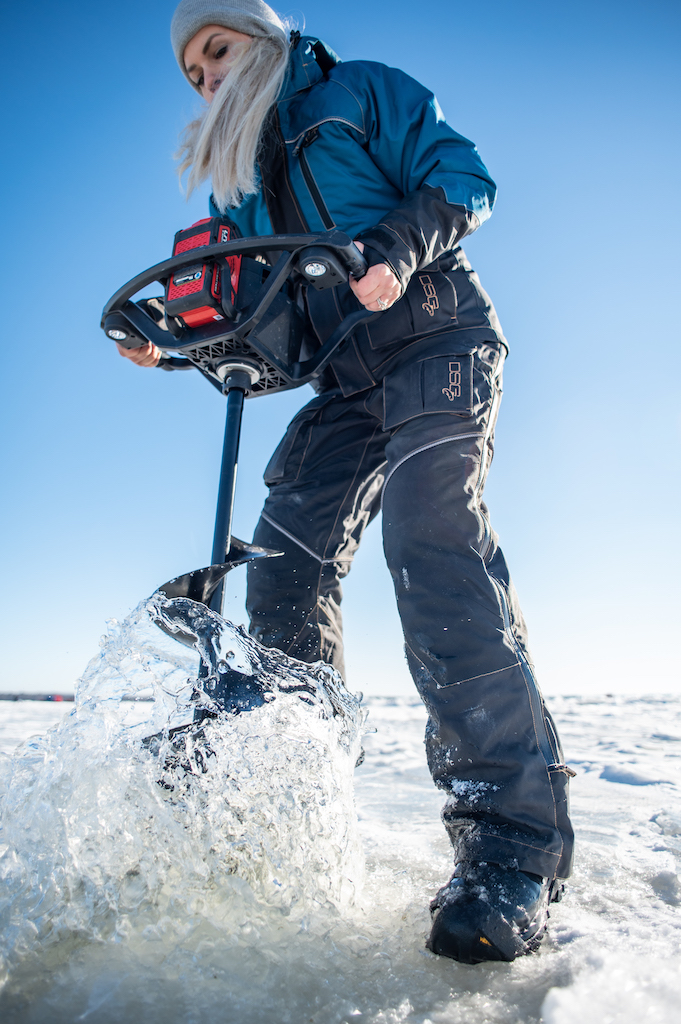
Once you have some promising spots, be ready to drill! I typically start by finding the closest structure/weedline to the deepest part of the lake and start hole punching. I drill across in each direction in hopes to cover as much ground as possible. I will oftentimes make an X across a basin and use that as the basis to start searching. I then grab my flasher and go to each hole looking for suspended marks.
- Trust Your Electronics
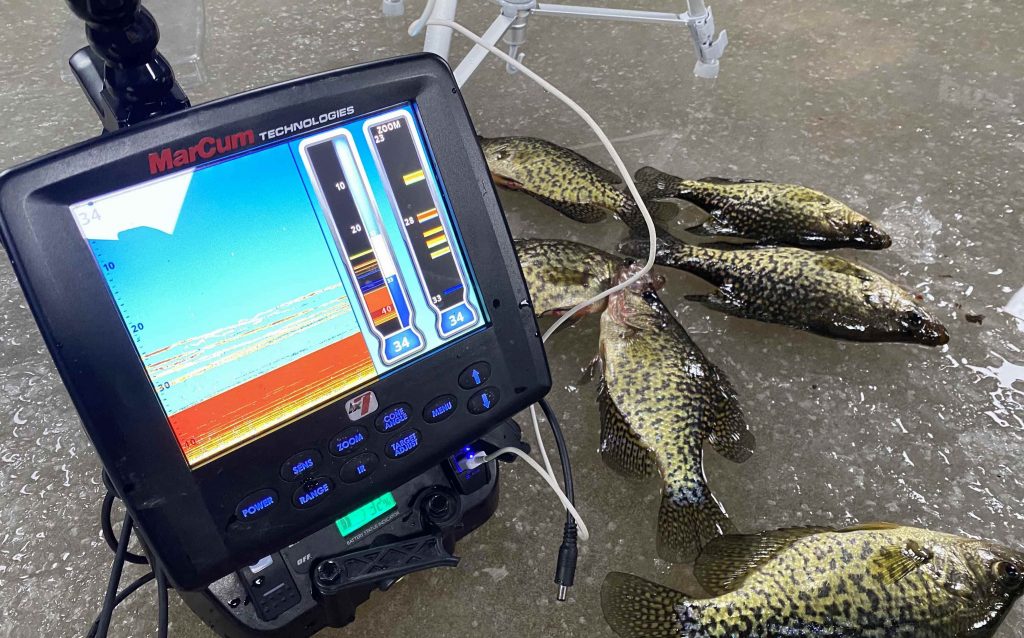
The best thing to happen to panfish anglers is the invention of electronics. Crappie school up and suspend well in mid column depths, making them so easy to identify on any sonar or flasher unit. Once you see stacked marks, the best thing you can do is drop down and test the waters.
Don’t see marks? Then keep moving. Don’t waste time sitting on hard water that doesn’t have any fish.
- Stay Mobile
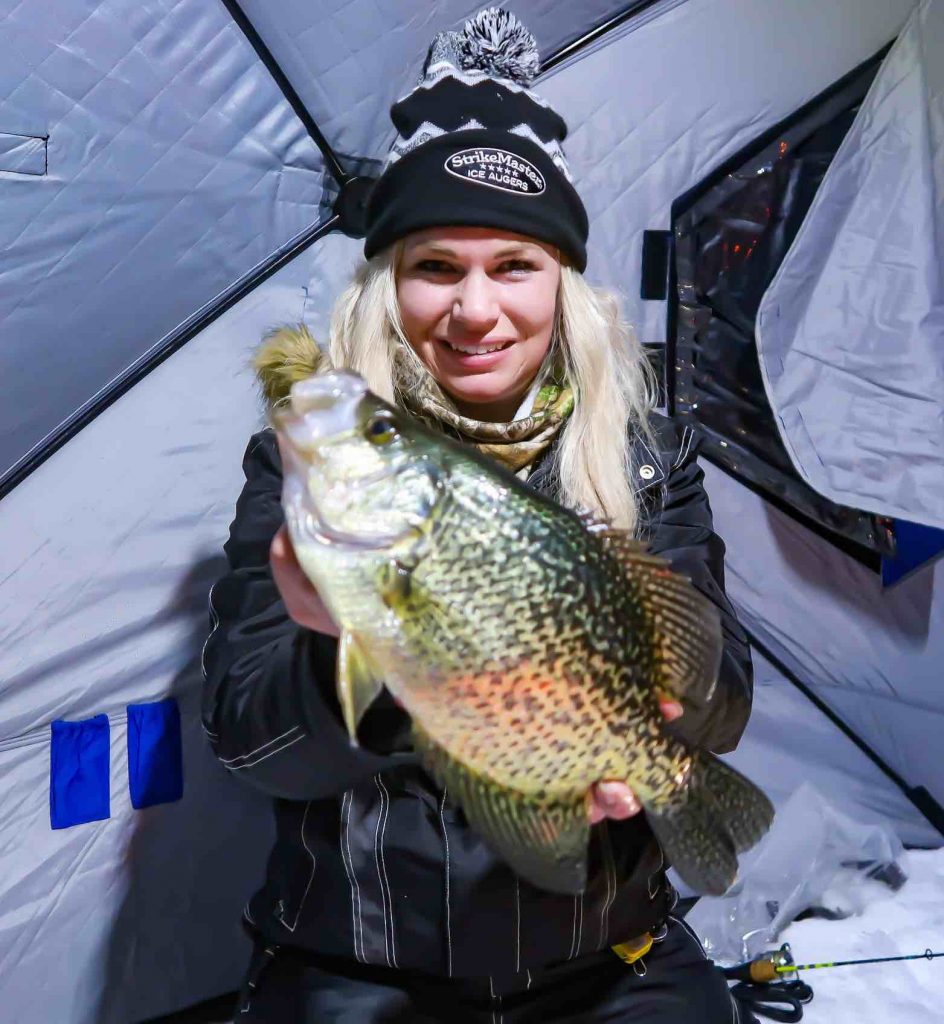
Remember those holes I had you drill in step 3, and trusting your electronics in step 4? Put it together to stay mobile.
Pre-drilled holes come in so much handier once you find the fish too. Crappie migrate consistently and often times over the same areas. That’s why having a bunch of predrilled holes allows you to take full advantage of the fishing too.
Of course, they often migrate through the same areas throughout the day, but if you REALLY want to catch fish then I recommend staying as mobile as possible as they do this. They will cycle through the same basin over and over again and if you can bounce from hole to hole to stay on top of them, you will definitely catch more fish. Part of having a series of holes already drilled is that it doesn’t just help you initially find the fish, but allows you to quickly jump around and stay on the fish.
- Lightweight Gear is Key
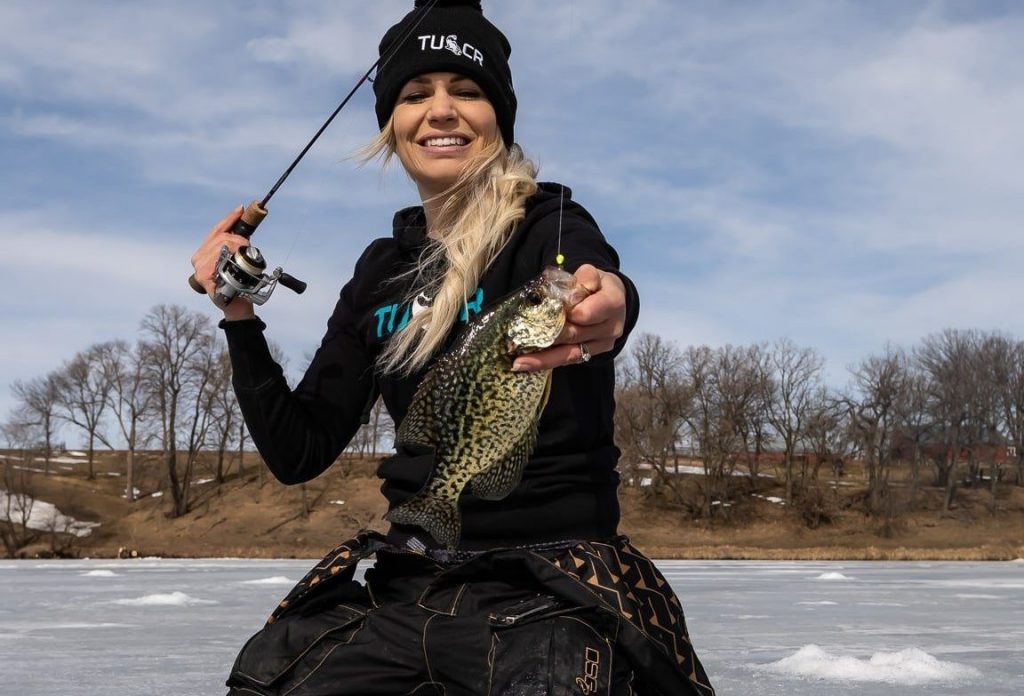
The best way to catch more crappie that you know are there is to lighten up your gear. An ultralight or noodle rod allows for the lightest detection in bites while also giving you the ability to work lighter weight baits. This can make all of the difference in turning over more fish. Good luck catching a fish that you can’t see hitting your line and good luck working a bait that’s too light for the line.
For a rod use a noodle or an ultralight – pair it with some fine line (I prefer 2 – 4 lb mono) and some small tungsten and lead jigs. My favorites are the Crappie Pro and Mo Glo Jigs from Lurenet (code nicole15 for 15% off).
You can find my entire writeup on my crappie setup right here.
- Keep Plastics, Spikes, & Minnows on Hand
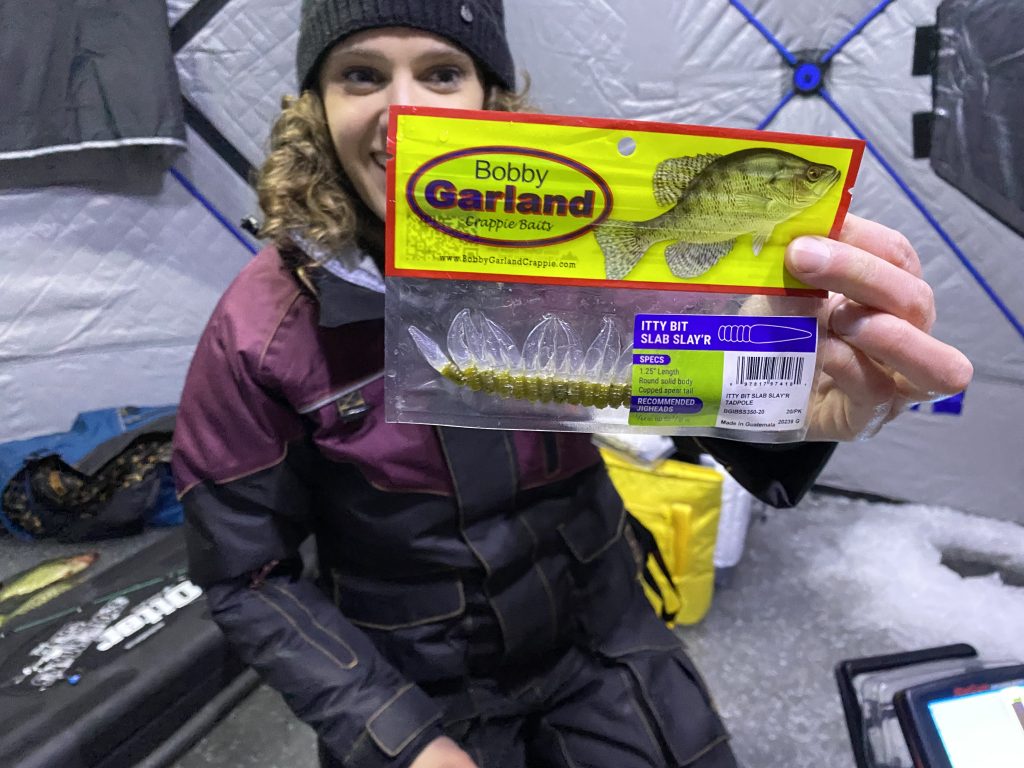
When it comes to panfish, especially crappie, I’ve seen about everything. I’ve seen plastics outperform minnows, spikes outperform plastics and everything in between. It’s amazing how the bite can vary from day to day, and that’s why I always keep an assortment on hand.
Below is my go-to list of baits and lures to always keep on hand.
- Spikes/Wax Worms
- Crappie Minnows
- Crappie Mo Glo Jig (code nicole15 for 15% off) – Lead
- Lindy Tungsten Toad (code nicole15 for 15% off) – Tungsten
- My Favorite Bobby Garland Plastics (Slab Hunt’R, Itty Bit Slab Slay R) (code nicole15 for 15% off)
8. Watch Your Fall Rate
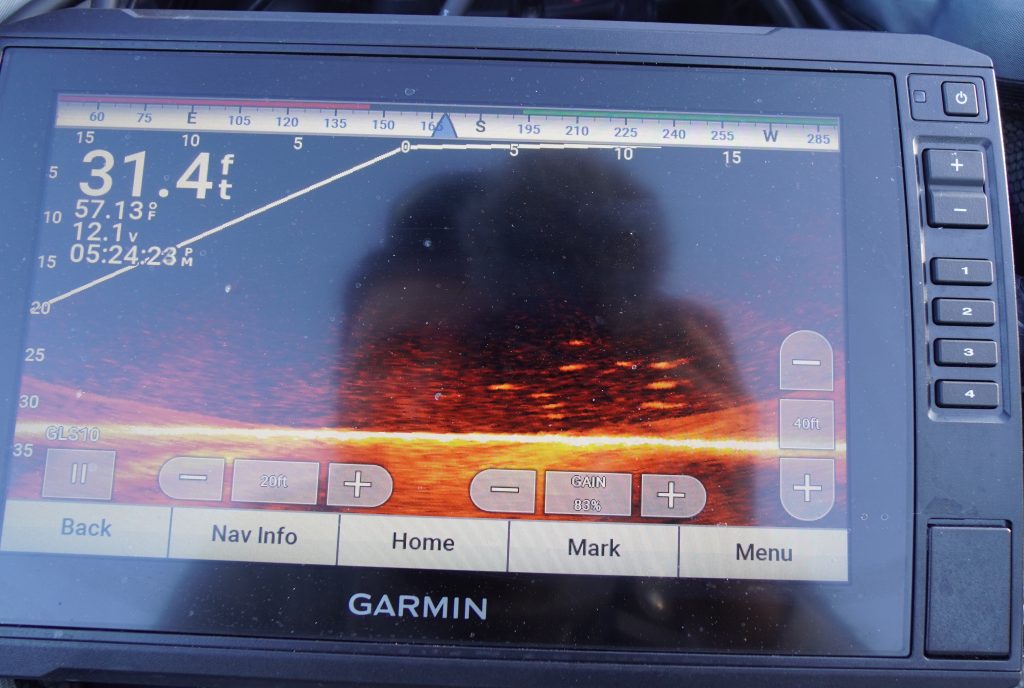
Fall rates matter, especially on a tough bite. What that means is that sometimes it’s less about getting the smallest package down as fast as possible but instead finding something that is super slow and consistent, and sometimes larger. I show this in action with my fall crappie guide video. Here you can see the painfully slow fall of the crappie pro and how it entices the largest fish up the water column in competition.
Many people think tungsten is always the way to go, but that couldn’t be farther from reality. There are times when a larger, slower falling presentation is key. That’s when I dig out the lead jigs.
- Slow & Steady Wins
If there is one tip that I learned from fishing with Ana years ago, it’s to slow it down. A slow steady raise is tough to beat. Is it the only way? No. However, the vast majority of the time I find that the person with the most patience on their upward retrieve turnover the most fish. Ana is no exception.
If you are struggling to get those fish to bite, focus on a painfully slow and consistent motion upward. Don’t jig, don’t entice, just stay consistent. Many walleye and predator anglers get too aggressive when it comes to crappie, when many times more patience is what’s key.
In summary, if you are struggling to get the fish to bite, slowing it down and moving it less may be key.
- Zooplankton is a sign
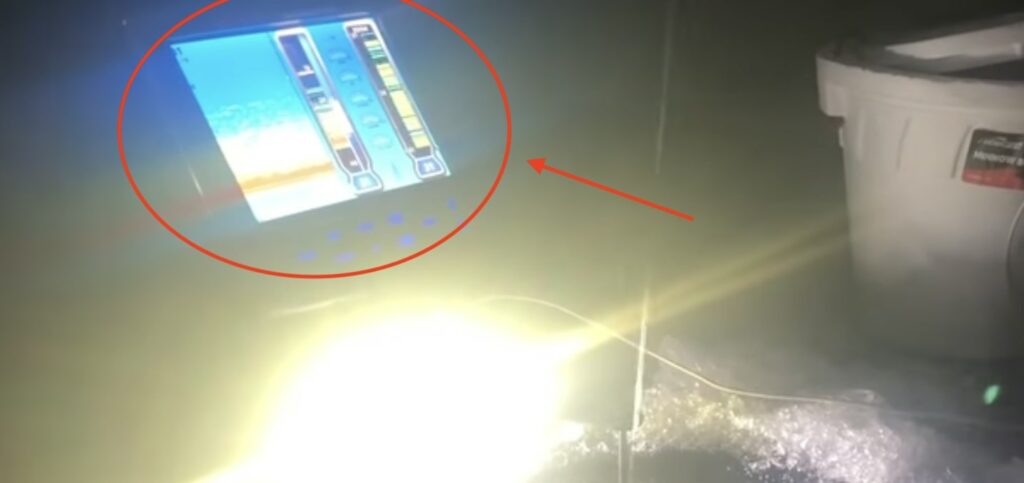
You may have noticed that as the evening progresses, marks start to overwhelm your electronics. They usually start from the bottom and start working their way up through the night. These are Zooplankton, which are microscopic animals that eat phytoplankton. These zooplankton make for great crappie bait.
This means that where there are zooplankton there will be crappie. So if you have struggled to find fish all day don’t leave when the food shows up.
Your patience will make or break your trip. Instead of worrying about what you see, focus on your strategy – doing a slow and consistent raise through the column. Compete with the plankton with something larger, such as minnow. Then focus on the end of your rod to assure you connect.
You can find tremendous success during this situation as long as you perfect your technique and be patient.
It’s Tough To Beat Fishing For Early Ice Crappie
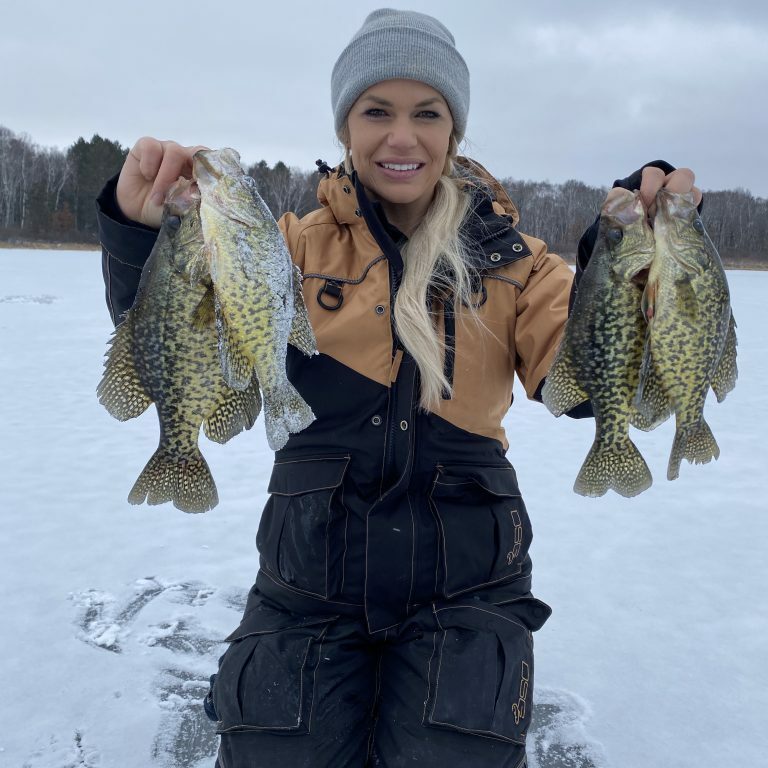
Targeting early ice crappie is my favorite thing to do in November and December. This is because my favorite fall patterns still provide fish, exploring new lakes can make for some incredible fishing, and it’s one of the easiest fish to identify. Not to mention, racking up big numbers of crappie is simply so much fun.

